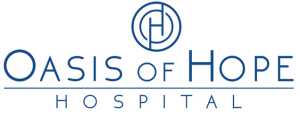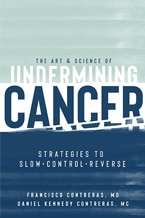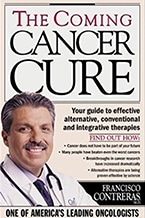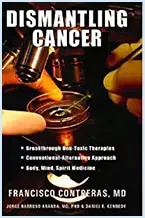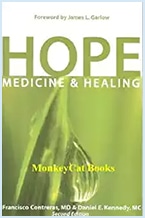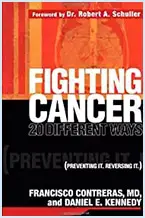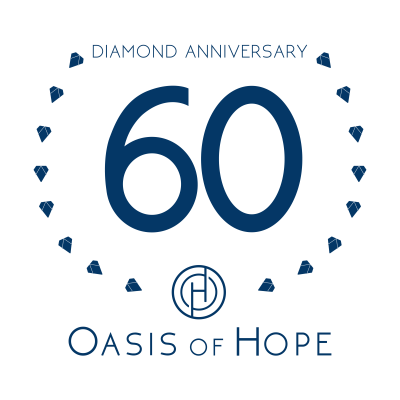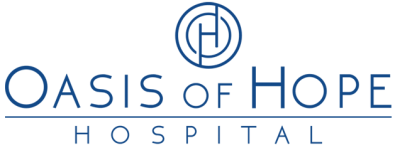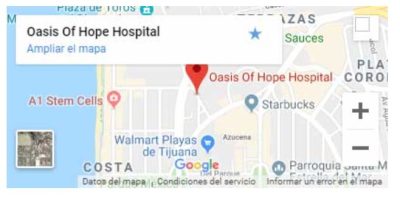Radiation Therapy
Cytotoxic chemotherapies present a significant physical challenge to the body — in large part because they expose the body’s healthy tissues to severe oxidative stress.
It is imperative that patients be pre-conditioned to withstand the physical challenge these therapies pose.
Careful oxidative pre-conditioning can induce a state of tolerance to oxidative stress in healthy tissues that can dramatically reduce the side effects associated with chemotherapy.
Increasing Effectiveness Through Pre-Conditioning
In a way, this is a lot like oxidative pre-conditioning. We can prepare a patient to more effectively tolerate oxidative stress through an improved antioxidant response.
And we can boost the expression of protective antioxidant enzymes in the body’s healthy tissues by exposing the body to ozone-treated blood, in a procedure mentioned earlier — ozone autohemotherapy (O3-AHT).
The infusion of ozone into rats or humans induces oxidative stress in the body’s tissues. These tissues respond by increasing their antioxidant defenses.
This is well documented in many studies — and makes just plain common sense: It would be surprising if the body’s tissues didn’t respond to a mild oxidative stress by increasing their defenses.
However, ozone infusion can be a bit risky — an air embolism (a gas or particle obstruction in a blood vessel) is a potentially devastating complication.
This is why medical scientists have devised an alternative, safer way to achieve the same protective benefit. In O3-AHT, about 200 milliliters of a patient’s blood are withdrawn; this blood is then blended with ozonated oxygen outside the body.
This ozone rapidly reacts with cells and blood proteins in the drawn blood. Ozone is so unstable and reacts so rapidly that within seconds there is no ozone per se in the blood.
However, there are many chemical compounds in the blood formed by reaction with the ozone that are similar to those produced in the body’s tissues during oxidative stress.
The ozonetreated blood is then infused back into the patient. The patient’s healthy tissues perceive these newly-formed chemical compounds as a sign of oxidative stress — and respond by boosting their antioxidant defenses.
In this way, antioxidant defenses can be boosted without directly exposing the body’s tissues to oxidative stress. That’s why O3-AHT is such a safe and well tolerated procedure. This therapy has been used safely in millions of patients, primarily in Europe, for over 50 years.
At Oasis of Hope, we use multiple sessions of O3-AHT to optimize the body’s antioxidant defenses prior to administration of cytotoxic chemotherapies.
We amplify the efficacy of the procedure by also exposing the ozonated blood to UV light, which, like ozone, induces oxidative stress in the withdrawn blood.
In this way, the body’s healthy tissues achieve a state of tolerance to the oxidative stress imposed by chemotherapy. Chemotherapy administered under these conditions is safer, and its side effects are less distressing to the patient.
O3-AHT has an additional benefit that makes it especially appropriate as an adjuvant for chemotherapy. (An adjuvant is something that adds to the effectiveness of a medicine or therapy). In this case, O3-AHT boosts blood flow to the tumor and aids oxygen delivery to parts of the tumor that are hypoxic (low in oxygen).
Many chemotherapies — and also radiotherapy — are less effective at killing cancer cells when oxygen levels are low. So O3-AHT, while protecting healthy tissues, may make cancer cells more vulnerable to chemo therapeutic assault.
